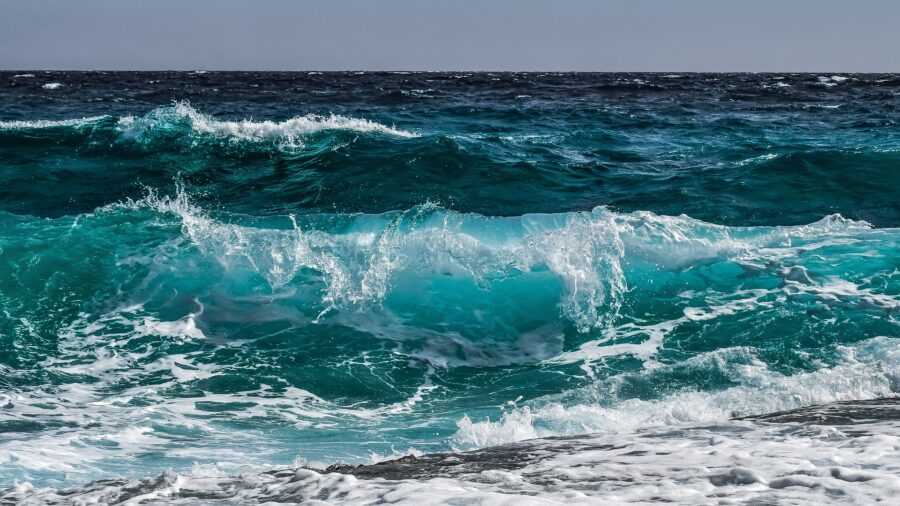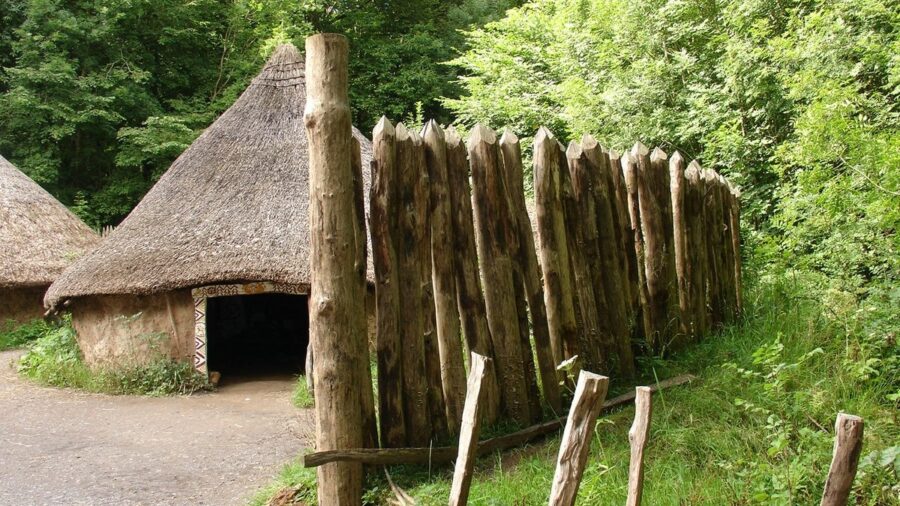Ancient Underwater Village Discovered In Europe Dates Back To 5000 BC

CBS News reports that archaeologists have stumbled upon an ancient underwater village that predates those previously found in the Mediterranean and Alpine regions. The underwater village (referred to as Lin) can be found beneath the surface of Lake Orchid in southeastern Albania, and radiocarbon dating suggests that the newly discovered civilization was occupied by people somewhere between 6000 and 5800 BC, predating other ancient communities by several hundred years. Sources have reason to believe the settlement was once the home for up to 500 people, and researchers plan to spend the next 20 years uncovering how people lived back then.
Off the coast of Albania, archaelogists found the underwater remains of an ancient village dating back to 6000 BC.
But exploring a now underwater village is a tremendous task in and of itself. Archaeologists, with assistance from professional divers, have to conduct painstakingly meticulous research to not damage the prehistoric site, which is difficult to reach because of the dense reed beds found in the surrounding area. What we do know at the present time, however, is that houses in this village were built on stilts to protect the dwellings from inclement weather and flooding.
Scientists are naturally curious about how this underwater village was built, because some serious engineering needs to be considered. Not only were these ancient dwellings built on top of tall, stilted structures, the entire community was protected by hundreds of defensive spikes outside its perimeter. In other words, the inhabitants of what’s now considered to be the oldest settled lakeside village had a compelling enough reason to drive an estimated 100,000 spikes into what’s now the bottom of Lake Ohrid.

The underwater village ruins include 100,000 spikes sticking out of the lake bottom.
Archeology professor Albert Hafner (Switzerland’s University of Bern) has reason to believe that the underwater village, which straddled the mountainous border of North Macedonia and Albania, required a monolithic amount of labor to construct. Hafner suggests that in order for Lin to be fortified in such a way, an entire forest had to be cut down, which is an impressive feat of engineering even by today’s standards, let alone almost 8,000 years ago. But at the time of this writing, the reason for such a defensive structure being built still remains a mystery to researchers.
Albanian archaeology professor Ilir Gjepali is currently running under the assumption that the underwater village of Lin very much relied on domesticated livestock and agriculture as a food source. Though this is a compelling theory, and is in many ways validated by evidence in the form of seeds, plants, and bones, it’s still too early in the excavation process to know for certain how this village operated. Luckily, all teams involved in the research understand the importance of slowly working through this settlement so they don’t cause any significant damage to the site.
Lin isn’t the first underwater village found off the coast of Europe, and it’s not going to be the last, but for now it’s the oldest known settlement in the region.
As researchers continue to explore and uncover the mysteries of this ancient underwater village, they’ll have a more profound understanding of how this civilization functioned while it was still above water almost 8,000 years ago. Given the potential historical and archaeological significance of these ancient ruins, reconstructing the daily life of its inhabitants will be instrumental in uncovering how our ancient ancestors survived several thousand years ago in southwest Europe.












